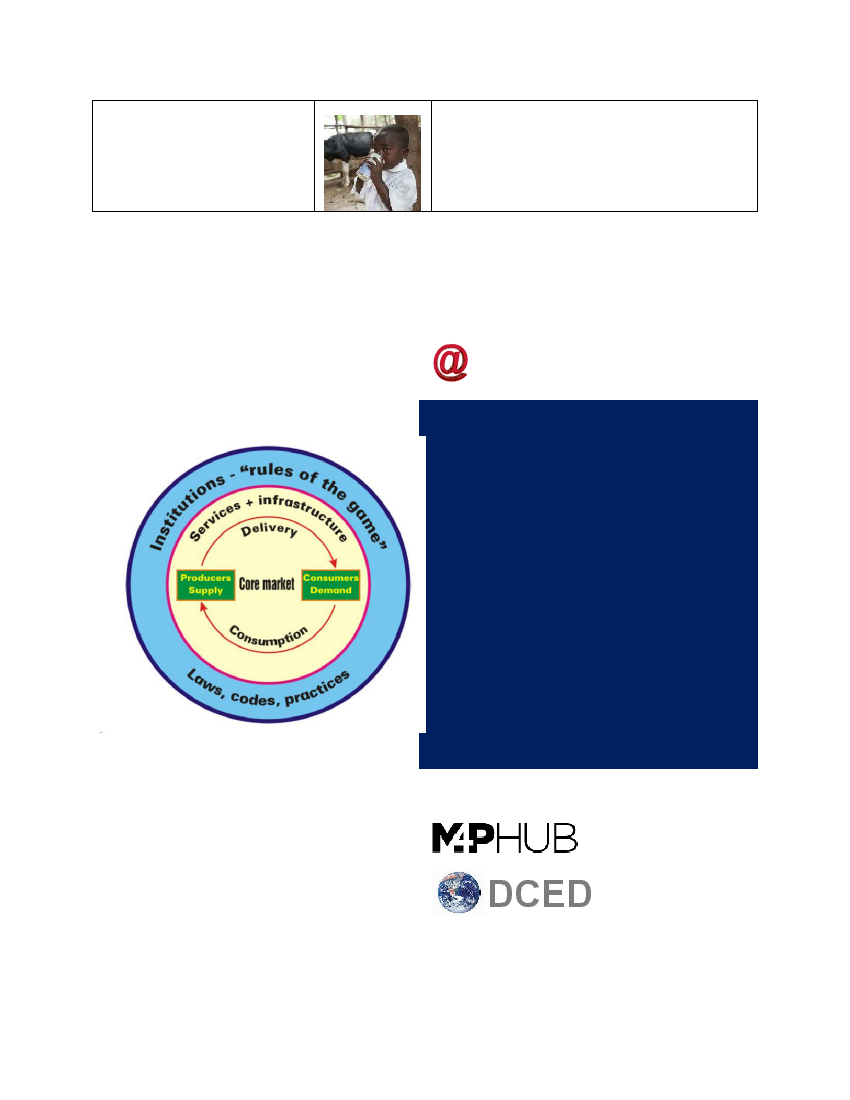
Systems thinking
The KDSCP has actively raised the profile of
market-oriented approaches among private
sector development agencies in Kenya.
What makes a market system is the core market and its critical influences. It deals with five market
“dimensions”: the context, the business environment, institutions, the core market itself and the support
market. The core market includes the network of producers, suppliers, processors, traders, buyers, and
consumers that are all involved in producing, exchanging, and consuming a particular item or service. The
system includes various forms of infrastructure, input providers, and services. And it operates within the context
of rules and norms that shape this system’s particular business environment.
CLICK to read about the value chain frame work.
Systemic market development is all about intervening in
all aspects of the market to make the whole market works
better. It looks at the broader market picture and directly
explores the influences (problems, symptoms and
systemic causes).
Programs shape a future vision of market change that is
based on an understanding of the market functions and
players and who should do what and who should pay,
driven by incentives and capacity.
Programs aim to demonstrate for wider system change
and stimulate more market players to perform valid roles
that they are either not currently doing or not doing well.
Market development is sustainable as markets exists
independently of interventions.
Programs make use of existing market actors‟
capabilities and partner with and build upon what is
being offered (owned and driven) by the private sector.
This is a most efficient use of resources and offers less
risk of prolonged dependency on outside assistance.
Most importantly markets replicate good ideas!
FOR MORE INFORMATION VISIT:
FORMORE INFORMATION VISIT
23